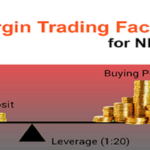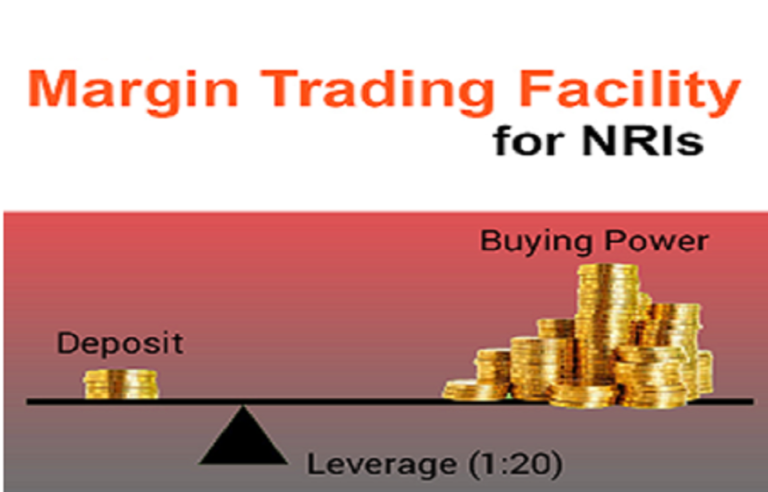In the ever-evolving digital landscape, businesses are constantly seeking effective strategies to enhance their online presence.
Two fundamental components of digital marketing that often become the center of discussion are Search Engine Optimization (SEO) and Search Engine Marketing (SEM).
While SEO focuses on improving organic search rankings, SEM encompasses paid advertising efforts. The question that frequently arises for businesses is whether these strategies should be deployed concurrently or separately.
This article aims to explore the individual roles of SEO and SEM, their interplay, and how their concurrent use can potentially benefit businesses.
Understanding SEO and SEM
SEO: Building the Foundation
Search Engine Optimization (SEO) is the art and science of tailoring your website to the complex algorithms of search engines.
It’s a non-paid strategy aimed at earning a prime position in organic search results. The higher the visibility of your pages in search results, the more likely you are to garner attention and attract prospective and existing customers to your business.
The core of SEO lies in understanding your audience’s search behavior—knowing what terms they use, what content they seek, and what answers they need. This insight guides the creation of content that resonates with users and search engines alike. Key optimization tasks include on-page SEO, such as content creation and keyword optimization, and off-page SEO, such as link building.
However, SEO is not a one-time setup. It’s an ongoing process that involves constant tuning, maintenance, and adjustment.
Google’s algorithm updates frequently, and your SEO strategy needs to evolve in tandem to ensure your site maintains its rankings in the SERPs.
SEM: The Power of Paid Search
Search Engine Marketing (SEM), often synonymous with pay-per-click (PPC) advertising, is the process of gaining website traffic by purchasing ads on search engines.
It offers businesses a way to get their message in front of an audience that is actively seeking information related to their product or service.
Unlike SEO, SEM provides immediate visibility. You can practically leapfrog the competition and land right in front of potential customers.
The catch here is every click comes at a price. Hence, it’s crucial for SEM campaigns to be well-managed and optimized to ensure a positive return on investment.
SEM is also incredibly versatile. Campaigns can be tweaked in real-time to respond to performance metrics, seasonal trends, or competitive pressures. Moreover, SEM provides a wealth of data that can inform both your paid and organic search strategies.
The Interplay between SEO and SEM
Complementary Strategies
The real magic happens when SEO and SEM work in tandem. While SEO lays the groundwork for long-term success, SEM can fill in the gaps, providing immediate results and targeting opportunities that organic search can’t reach on its own.
Integrating SEO and SEM can lead to a more robust online presence. For instance, while climbing the organic ranks through SEO takes time, SEM can immediately position your business at the top of search results.
This dual presence not only increases visibility but also lends credibility to your brand, as appearing in both paid and organic results can enhance consumer trust.
Keyword Synergy
One of the most significant benefits of running SEO and SEM concurrently is the shared intelligence and keyword synergy.
The data garnered from SEM can provide invaluable insights into keyword performance, which can be fed back into your SEO strategy. Conversely, the organic keyword data from SEO can inform and refine your SEM campaigns.
This synergy allows for more strategic keyword targeting. For example, if certain keywords are too competitive or expensive in SEM, they can be targeted organically through SEO. Similarly, keywords that drive high conversions in PPC can be prioritized in SEO efforts.
Budget Considerations
Balancing Cost and Benefit
Budgeting for both SEO and SEM requires a strategic approach. While SEM involves direct costs for ad spend, SEO requires investment in terms of time, content creation, and sometimes SEO tools or services. The key is to find a balance that suits your business goals and resources.
For small businesses or startups, it might be more feasible to invest heavily in SEM at the outset to drive immediate traffic, gradually increasing SEO efforts as the business grows.
Larger businesses or those in highly competitive industries might allocate more resources to SEO to build and maintain organic presence.
It’s essential to continuously evaluate the performance of both strategies. Regular analysis helps in adjusting the allocation of funds to ensure that both SEO and SEM efforts are optimized for the best return on investment.
Developing a Cohesive Strategy
Implementing SEO and SEM concurrently requires a well-thought-out strategy. Here are practical steps to ensure a cohesive approach:
- Set Clear Objectives: Define specific goals for both SEO and SEM. Are you aiming for immediate sales, long-term visibility, or both?
- Audience Understanding: Conduct thorough research to understand your target audience. This helps in crafting relevant content and ad campaigns.
- Keyword Alignment: Identify high-performing keywords and align them across both SEO and SEM efforts.
- Consistent Messaging: Ensure consistent messaging and branding across all marketing channels.
- Regular Analysis: Continuously monitor and analyze the performance of both strategies. Use data to make informed adjustments.
- Resource Allocation: Balance your budget and resources based on performance. Shift funds as needed to optimize results.
- Adaptation: Be ready to adapt to changes in the market, search engine algorithms, and consumer behavior.
Conclusion
In the digital age, where competition for online visibility is fierce, the question of whether to run SEO and SEM concurrently is not about choosing one over the other. Instead, it’s about recognizing their distinct strengths and using them strategically to achieve your business objectives.
SEO is your long-term investment, gradually building a strong organic presence, enhancing credibility, and driving sustainable growth.
SEM, on the other hand, offers immediate visibility and the ability to target specific keywords and audiences, making it an ideal choice for short-term goals.
When combined, these two strategies create a synergy that covers all bases. You gain the immediate benefits of SEM while laying the foundation for long-term success with SEO. With that, many owners around Singapore do not have the luxury of time to do so, hence they get their sem services or seo services from digital agencies. They do provide the shared data and insights that lead to more informed decisions, allowing you to refine your approach continuously for both your business and marketing stragety.
In conclusion, the integration of SEO and SEM isn’t a luxury but a necessity in the competitive digital landscape. By embracing both strategies and striking the right balance, businesses can maximize their online visibility, attract the right audience, and ultimately, achieve their marketing and sales goals.



















+ There are no comments
Add yours